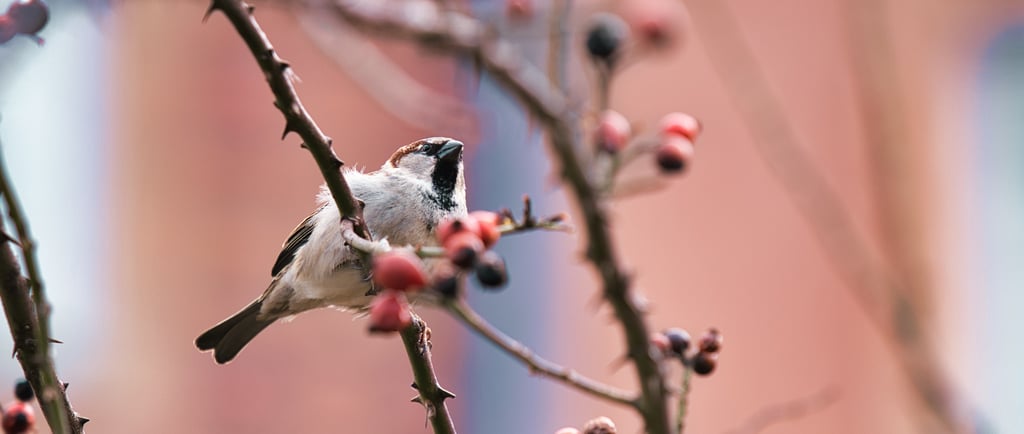When Holding On to Love Hurts You: The Power of Letting Go
Sometimes holding on to the qualities that seem to make a relationship work can leave us stuck in a cycle of emotional compromise. It’s not always about dramatic red flags or outright harm, but recognising when the things that once felt fulfilling no longer contribute to our well-being.
5/12/20255 min read


There’s something deeply unsettling about realising that the things we love about someone might be the very things that keep us bound to a relationship we know, deep down, isn’t meant to last. It’s as though we’re stuck in a room with both the beauty of a vibrant painting and the discomfort of a chair that’s too low to sit in comfortably. A mixture of comfort and unease, tied together in one space. Decisions around love, like so many other things in life, are rarely clear-cut.
Sometimes the stakes are low. Maybe you’re picking out paint for your living room wall and debating whether the sage green you adore will clash with the art or furniture you’ve carefully chosen. It’s a small decision, and even if it takes a bit of mental wrangling, it’s not life-altering. But what about the choices that shape our emotional lives, like the decisions where love, fear, and hope all wrestle for centre stage?
A patient of mine once shared a story about staying in a relationship that had long since stopped being good for him. He could recount, with painful clarity, all the reasons his partner wasn’t right for him: the constant tension, the anxiety that bubbled up whenever he thought about their future, and the uneasy feeling that he was bending himself into shapes he didn’t recognise just to keep the peace. And yet, there were moments when his partner’s warmth or kindness reminded him why he’d fallen in love in the first place. These flashes of goodness were like glimmers of light in a storm, convincing him to stay just a little longer, despite the growing darkness.
He didn’t end the relationship because of those moments of light. Instead, he waited until the storm became so unrelenting that it swallowed everything, even the good parts. By then, the decision felt justified. He could point to the chaos and say, “See? This is why I had to leave.” But as he reflected on it later, he wondered why he hadn’t allowed himself to walk away earlier, when he already knew in his heart that it wasn’t right. Why did he need the storm to justify letting go?
The answer often lies in the complex interplay between hope and denial. When we love someone, we don’t just see them as they are; we see their potential, their best self, the version of them that aligns with our dreams. This is especially true if the good qualities they possess shine brightly enough to obscure the shadows of their flaws. It’s not pathological to hope, it’s human. But hope can become a double edged sword, binding us to a vision of what could be while blinding us to the reality of what is.
Recognising this pattern requires looking at why we stay for the good qualities, even as we find ourselves consumed by managing the bad ones. At its core, this dynamic is deeply intertwined with the psychological phenomenon of intermittent reinforcement. When someone’s positive qualities shine sporadically amidst their negative behaviours, the unpredictability itself becomes a hook. The fleeting moments of love, kindness, or attentiveness act as a powerful reward, convincing us that these glimpses of goodness are worth enduring the difficulties. This cycle mirrors the mechanics of addiction, where the promise of a reward keeps us locked in, even when the cost outweighs the benefit.
This isn't simply about optimism or naivety. For many, the pathological attachment stems from early experiences where love was conditional or inconsistent. When our emotional blueprint is shaped by caregivers who alternated between warmth and neglect, or even harm, we can unconsciously replicate that pattern in adult relationships. The good moments feel like proof that love exists, while the bad ones are endured as the inevitable price to pay. Over time, this creates a profound internal conflict: the desire to hold onto the good, paired with the growing burden of coping with the bad.
Another layer is the way our minds rationalise the situation. We tell ourselves stories to make sense of the dissonance: "They’re just stressed right now," or "If I try harder, things will improve." These narratives are not inherently bad. They’re coping mechanisms. But they can also keep us stuck, perpetuating a cycle where we stay for the good qualities and end up primarily managing the bad ones.
Compounding this is the fear of loss and scarcity. The idea that the good qualities we cherish are unique to this person can make leaving feel like an unbearable risk. We cling to the belief that no one else will possess the same combination of traits that initially drew us in. This scarcity mindset is deeply ingrained, not just by personal experience but by cultural messages that romanticise enduring hardship in the name of love.
Staying for the good often means investing disproportionate energy into minimising the impact of the bad. Over time, this imbalance can erode our sense of self. We start to prioritise the relationship’s survival over our own well-being, convincing ourselves that love means sacrifice. And while sacrifice is sometimes a part of love, it becomes unhealthy when it demands the surrender of our identity, peace, or joy.
Recognising this pattern is the first step to breaking free. It requires a brutally honest assessment of the relationship, not just its highs, but its lows. What is the cost of staying? Are the good qualities truly enriching your life, or are they merely a balm for the wounds inflicted by the bad?
Sometimes, rather than blaming the other person or erasing the good memories, it’s helpful to recognise that a relationship is more than a string of individual moments. It’s a rhythm, a flow, an ongoing reality. And if that reality leaves you feeling drained, unsettled, or far from the person you know yourself to be, it’s worth asking if the good parts are truly enough to outweigh the toll it takes.
Letting go in this context isn’t an act of rejection but rather an act of self-preservation. Choosing to value your own well-being over the fleeting rewards of intermittent reinforcement is to acknowledge that while the good qualities in your partner are real and meaningful, they don’t outweigh the harm caused by the bad.
Recognising this pattern makes it possible to step away from blame and judgement, and focus instead on how we’ve shaped ourselves around hope, fear, and attachment. Breaking free takes courage, as it forces us to face the emotional ties that hold us in place, confront the wounds that make us vulnerable to inconsistency, and admit the price we pay for staying. This process of stepping away can feel like mourning, not just for the relationship but for the dream of what it could have been. It’s a grief that requires compassion for yourself, for the part of you that hoped and tried and gave so much. But within that grief lies the potential for growth, for rediscovering what it means to be loved in a way that doesn’t demand the sacrifice of your peace or identity.
Clarity emerges when we step back and view the relationship as a whole, not just through the lens of its highs or lows. Does it support your growth and well-being, or are the good moments just brief respites from the damage? Holding on to the good can feel honourable, but when the hurt overshadows everything else, the toll it takes on your sense of self becomes impossible to overlook.
Staying for the good while enduring the bad is a struggle that many of us face. This is not a weakness in your mindset. It’s simply deeply human to hold onto hope. By recognising the psychological forces at work, we can approach these decisions with a clearer mind and a braver heart, stepping away not with resentment but with the belief that a love exists that will nurture rather than constrain.
